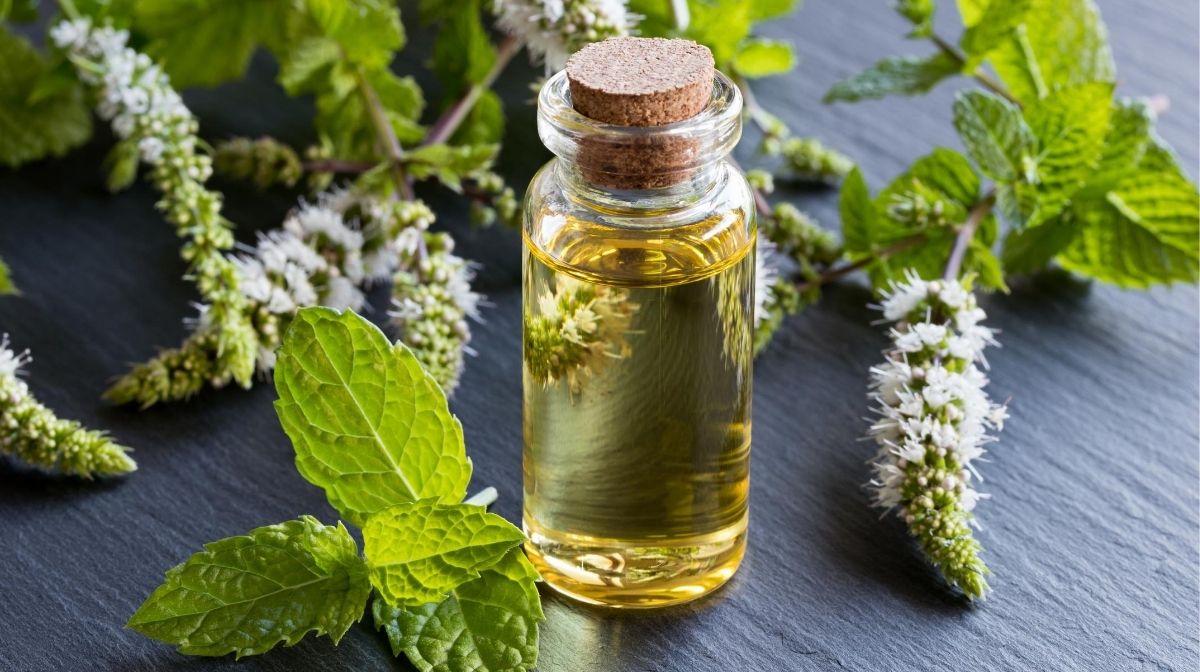Glycerol, also known as glycerin or glycerine, is a simple polyol compound. It is a clear, odorless, viscous liquid that is widely used in pharmaceutical formulations. Glycerol has three hydroxyl groups that make it miscible with water and many organic liquids. Chemically, glycerol is also known as propane-1,2,3-triol or trihydroxypropane.
Sources and Production
Glycerol is found naturally in trace amounts in virtually all living tissues. It is found in vegetable and animal fats and oils from which it is extracted during soap and fat processing. Most commercial glycerol is produced during soap making and candles manufacturing as a by-product of saponification, which is the process of making soap. Fat and oil sources like palm oil, soybean and coconut oil undergo hydrolysis, where glycerol and fatty acids are separated. Glycerol can also be produced synthetically from propylene through the Guerbet reaction.
Physical and Chemical Properties
Glycerol is a thick, colorless, odorless, and hygroscopic liquid that is practically non-toxic. Its viscosity is greater than water but less than propylene glycol. Glycerol is highly soluble in water and has a sweet taste. It is also soluble in most organic solvents but insoluble in hydrocarbons. Glycerol has a boiling point of 290°C and freezing point of 18°C. It is stable to heat and shows good oxidative stability. Glycerol has three hydroxyl functional groups that make it a versatile chemical intermediate.
Uses of Glycerol
Pharmaceuticals: Glycerol is widely used as an excipient in oral, topical and parenteral pharmaceutical formulations. It acts as a humectant, solvent, thickening agent, sweetener and preservative. It helps in increasing shelf-life of liquid preparations and improves handling characteristics in suppositories/tablets.
Personal Care: Glycerol forms the backbone of many cosmetic and personal care products like creams, lotions, soaps, shampoos. It adds slip and moisture to the skin due to its hygroscopic nature.
Food Industry: Glycerol finds applications in foodstuffs as a humectant, filler, solvent and sweetener. It prevents cake icings, doughs and glazes from drying out and improves texture and shelf-life.
Tobacco: Glycerol is commonly used as a tobacco casing or humidifying agent in snacks and smokeless tobacco products to keep them moist.
Automotive: In automotive industry, glycerol is used as an anti-freeze agent in cars and other vehicles due to its hygroscopic and freezing point depression properties.
Other Uses: It is also used in textiles, paper, cosmetics, explosives, polyester resins and polyurethanes. Glycerol forms the basis of production of propylene glycol and various other industrial intermediates.
Glycerol Production and Market
The global glycerol production has been steadily increasing over the years due to its wide variety of applications. In 2021, total glycerol production was estimated to be over 3 million metric tons per year, with projections of over 4 million metric tons by 2030.
The major producers of glycerol include countries like the United States, China, Brazil, Malaysia and Pakistan. The United States accounts for over 20% of global production, while China is the largest consumer market globally.
Crude palm oil and soybean remain the dominant feedstocks of glycerol production. However, usage of tallow, coconut and other oil sources is also significant. The global glycerol market is valued at over USD 2 billion currently and demand projections indicate an annual growth rate of 6-8% over the next decade due to its increasing industrial and consumer applications.
Uses in Biotechnology
Due to its polyol properties, Glycerol finds extensive application in biotechnological areas like fermentation processes, culture media supplements and cell separation. Glycerol acts as a readily metabolizable carbohydrate source for many microbes like yeasts in fermentations. It helps enhance the growth and production capabilities of these organisms. Glycerol has emerged as a preferred substrate for microbial biosynthesis of fuels, chemicals and materials due to its high carbon/energy density.
Glycerol is finding increasing applications in production of various bioplastics like polyhydroxyalkanoates through fermentation. It has great potential as a feedstock for biosynthesis of biomolecules through systems and synthetic biology approaches. Glycerol is now commercially used in media supplements for cell preservation, cryopreservation and culture maintenance across bioprocess industries. Overall, glycerol has a significant role to play in the evolving biotechnology and bioeconomy sectors going forward.
*Note:
1. Source: Coherent Market Insights, Public sources, Desk research
2. We have leveraged AI tools to mine information and compile it

